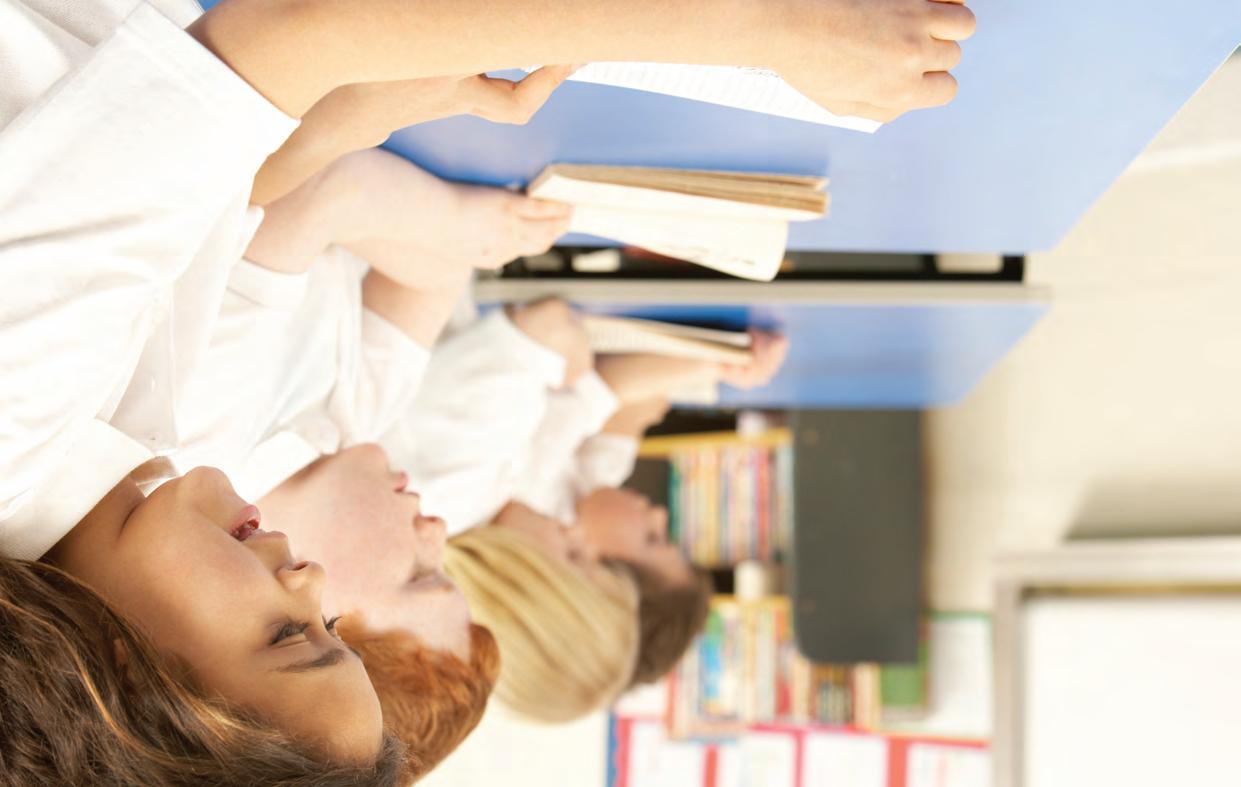Education Learning styles in brief Visual Processes information using information and charts Needs images to explain concepts and ideas Prefers graphic elements over words Auditory Learns best when information is spoken out loud Prefers to listen to lectures and discussions Processes information by talking through things
How does your child learn best? Claire Winter offers ways to identify how your child learns and suggests techniques to help with revision at home
W
hether it be for SATs, 11+ or school exams, your child is likely to need to do some preparation at home. Of course, your child’s school may provide practice exam papers which are important tools but it may be that your child needs to hone in on revising particular subjects or topics in order to complete these successfully. So how do you help equip a primary school child with the techniques they need to revise? Educators, scientists, and psychologists have developed different models to understand the different ways that people learn. One popular theory, the VARK model identifies four primary types of learners: visual, auditory, reading/writing and kinesthetic. Each learning type responds best to a different method of teaching. For example, auditory learners remember information best after reciting or explaining it back, while kinesthetic learners jump at the chance to participate in a hands-on activity. Most pupils don’t learn in just one way, so often using a combination of techniques will work best. Once you have established your child’s preferred learning style, you can try a variety of these methods to help your child prepare successfully for exams.
Mind Mapping A mind map is a visual representation of information, introduced in an organised but innovative method. This method is great for visual learners. Mind maps can be as detailed as your child likes, organising notes and suggestions around bigger, connecting ideas,
familiesonline.co.uk
around one idea, or around several topics. Mind maps can enhance memory and learning by 15% compared to conventional study methods. Creating Visual Reminders Note-taking and highlighting are mainly reading-based learning techniques, but flashcards, post-it notes, and mind maps all take advantage of visual recognition too. If your child is naturally creative, then making flashcards with essential keywords or formulas on them can help them recall what they are studying. Try sticking flashcards or post-it notes around the house and every time your child comes across one, encourage them to describe the keywords or information in more detail. Organising Information Children who learn by reading and writing will like planning their work by topic. Not only will this help them access the information they have to learn much faster, but the act of planning can make a child feel more in charge of their learning. Visual learners can use colour coded post-it notes to help remind them about the different topics too. Note Taking Taking notes on important facts from current classwork can help your child keep the essentials in mind. If your child likes writing and reading, they may find this highly effective. For younger children, highlighting important information can be just as efficient.
Email: editor@Familiesuponthames.co.uk • Tel: 07792 006546
Read/Write Prefers to receive written words Enjoys reading and writing assignments Processes information by writing notes Kinesthetic Learns best through a tactile process Prefers to create concrete personal experiences Processes information by recreating and practicing
Verbally Explaining Another great revision technique for auditory learners is to ask your child to verbally explain something. They retain more information revising this way. Ask your child questions about their classwork such as: “Can you tell me more about XYZ?” This will encourage your child to use memory recall to remember the important facts. You can also use questions to identify any gaps in their knowledge. An excellent revision game is to make your child the teacher. Get them to pretend they are in front of a class and talk about certain topics as if they were teaching themselves. This is a great learning technique for primary school kids who enjoy drama and acting things out. Listening to a Recording or Watching a Video Auditory learners can record information (even in the form of songs they make up!) and listen to it. Watching videos is also a good way to revise. Assembling Charts and Diagrams Kinaesthetic learners learn by assembling charts and creating diagrams. Flashcards can also help kinaesthetic learners; if you physically turn them over and write on them, it engages many different parts of the brain. Keeping fingers busy, tracing words or tapping out sequences can help your child retain knowledge too. Using a mixture of many learning techniques is the most successful way to help your child retain information. You will soon learn what they like doing and what helps the most in their tests and exams.
Families Upon Thames • 13



